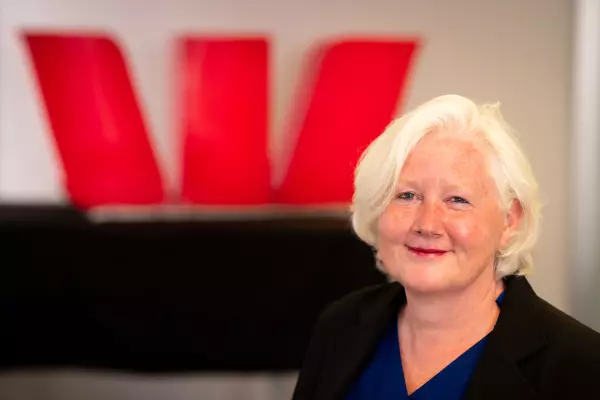New research on the treatment of goodwill highlights the need to radically simplify accounting practices for reporting intangible assets such as brand value, intellectual property, customer loyalty and other non-monetary and non-physical assets.
How long is the piece of string? – a joint research report by Chartered Accountants Australia and New Zealand, and the University of Melbourne – investigates trends on how goodwill is recorded on company balance sheets.
The sums are not to be sneezed at. In 2020, almost $8 billion was recognised by NZ companies, about 3% of NZ’s GDP.
The percentage of businesses recognising goodwill and intangibles is growing.
This is a major issue for investors who find no straightforward answers on the value of goodwill and intangibles, often working through increasing complexity to carve out the reported values and impute their own views and assumptions.
It’s also a major issue for companies and auditors who are expected to cast a long gaze into the future, but which is often judged with 20/20 hindsight.
Covid-19 is only amplifying the level of uncertainty for investors and preparers trying to assess and forecast future benefits.
Time for a change
At the heart of this issue is the complexity of how goodwill and intangibles are treated in company balance sheets.
It’s time to seriously look at whether the current approach is fit for purpose.
The current impairment model basically tries to dissect businesses into parts, with future cashflows forecast and values allocated at various levels.
While this approach has some conceptual elegance, the process of breaking down businesses and hypothesising future prospects at these levels is diabolically complicated and out of step with the more holistic way most managers, investors or analysts view businesses and value creation.
One of the arguments for the current model is that goodwill has an indefinite life, and so can’t be depreciated or ‘amortised’ as other assets are.
But does it?
Goodwill’s half-life
While the value of goodwill and intangibles has continued to grow, it’s ultimately being written off balance sheets in the long term.
Looking across companies globally, our research considered impairment frequency and magnitude with the data indicating there is typically a write-down of goodwill to zero over a 15-year period on average. About 20% of firms are impairing goodwill every year.
This outcome casts doubt on the validity of the presumption that goodwill has an indefinite life.
As an example, any technology inherently has a short lifecycle due to continuous changes and improvements, which in turn is likely to impact the lifespan of the businesses in which they are embedded.
Synergies realised through mergers and acquisitions, which often give rise to price premiums reflected in goodwill, become less relevant to value creation over time, or in many cases end up not eventuating.
Inevitably, this means the lifespan of any goodwill associated with these businesses will also be affected.
Although the research did not identify any evidence of goodwill being overvalued for large companies, there is evidence consistent with the overvaluation of goodwill and a potential delay occurring in the recognition of impairment charges for some small companies – at least in smaller listed companies worldwide.
This underscores the challenges and moving parts involved for smaller companies trying to fairly assess goodwill and intangibles.
Back to the future?
They say nothing is ever really new, and a growing collective internationally has been turning back to the future to the vastly simpler option of amortising goodwill – writing it off gradually over a set period – last seen circa 2005.
Although the International Accounting Standards Board (IASB), whose standards are adopted in NZ, has recently indicated this is not their preference, standard setters in the United States are seriously looking at the option, along with those in other major markets such as Japan.
If we don’t go down the amortisation route, there is at least a pressing need to review how the current model works from a practical standpoint.
As the global economy reaches for stability and then recovery post-pandemic, the quality, usability and clarity of information included in balance sheets is paramount.
The accounting profession must drive that, using simpler, modern accounting standards.
Reporting by Amir Ghandar, Assurance and Reporting Leader for Chartered Accountants Australia and New Zealand, and Professor Matthew Pinnuck, Professor of Financial Accounting, University of Melbourne.











